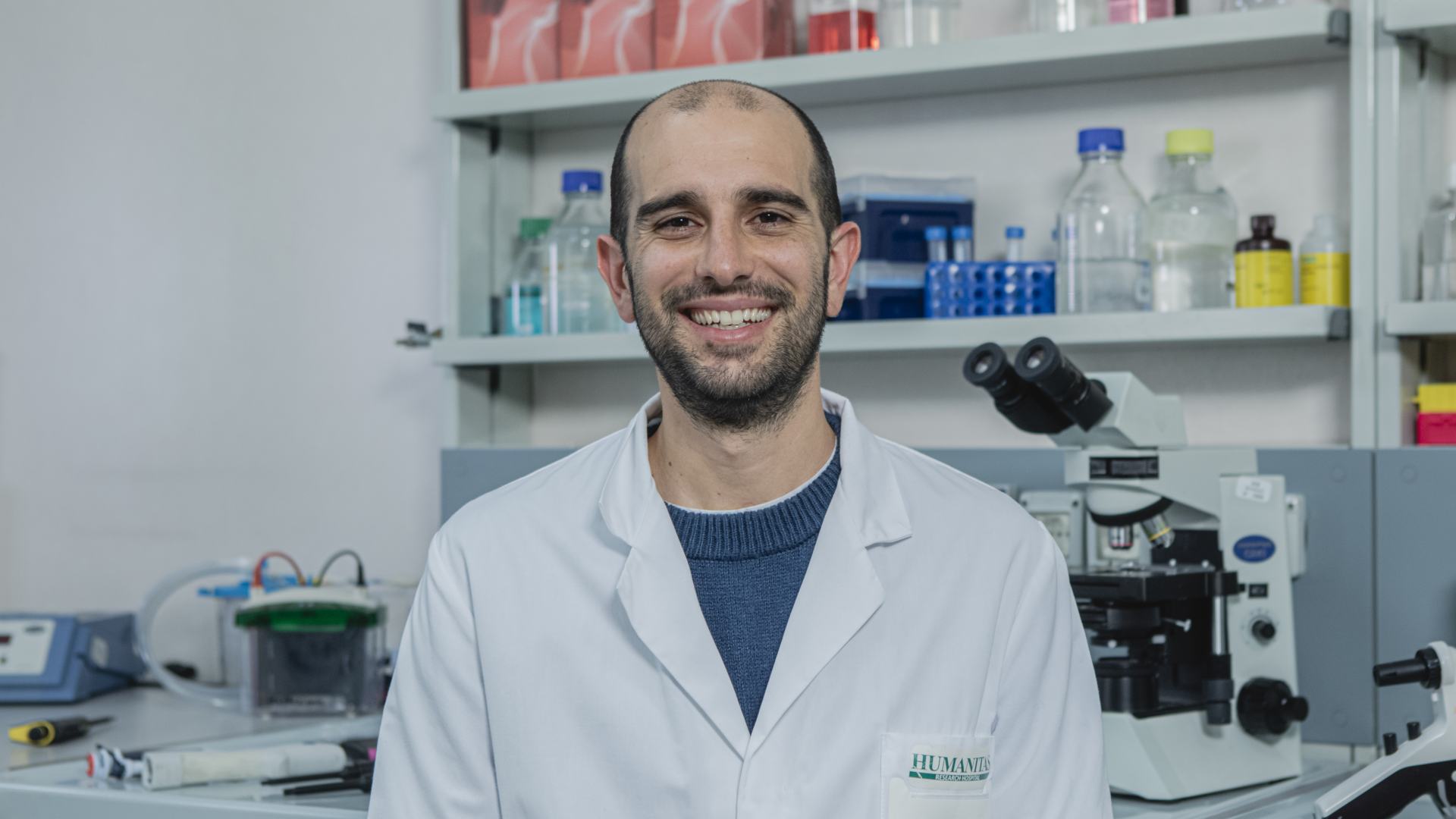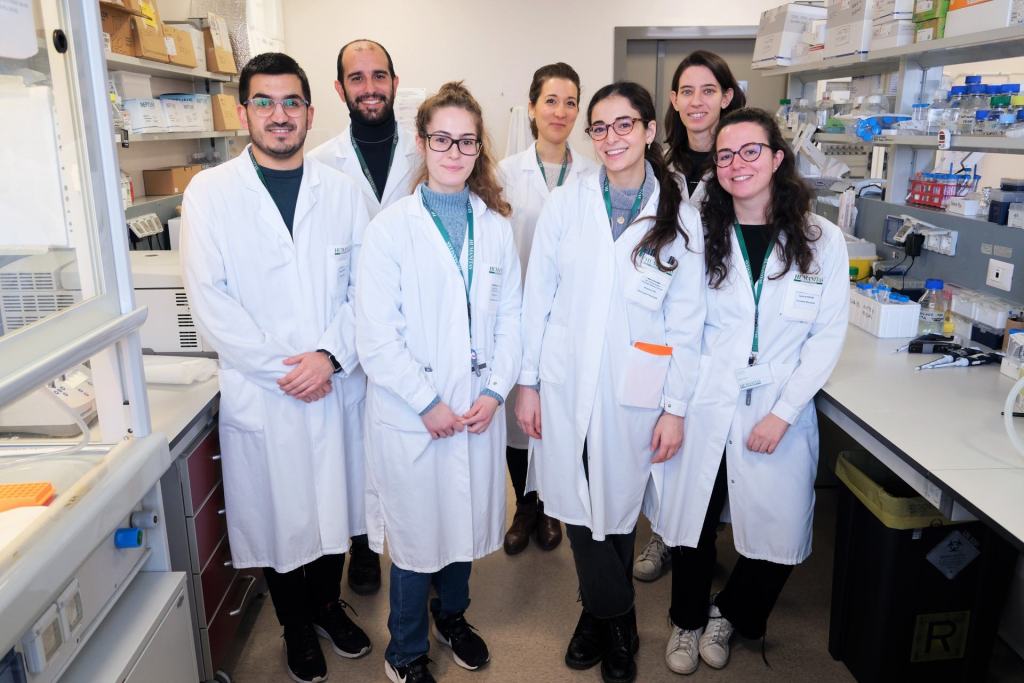Research project aims to uncover molecular mechanims of Angelman Syndrome

Thanks to funding from the Angelman Syndrome Alliance, Humanitas researchers will delve into the molecular function of a gene responsible for the rare neurodevelopmental disorder
Despite the identification of the UBE3A gene, the genetic cause of Angelman Syndrome, happened over two decades ago, our understanding of its neuronal role and how its functional loss leads to disease remains limited. This gap in knowledge has hindered the development of effective therapeutic strategies, leaving treatment options to mere symptoms management.
The new internationally funded project – led by Matteo Fossati, Junior Group Leader at the Humanitas Neuroscience Program, in collaboration with Marianna Leonzino, CNR Senior Researcher – aims to uncover the cellular and molecular functions of UBE3A in nerve cells, especially in synapse formation.
To achieve these breakthroughs, Fossati’s team will employ cutting-edge techniques, including the use of human-induced stem cells, genetic editing and chimeric models, able to reproduce human neural network functions in both in vitro and in vivo experimental disease models.

What is the Angelman Syndrome
Angelman Syndrome is a genetic condition that produces severe neurological and psychological harm and causes a broad delay in development. It affects approximately one in 20,000 people, with over 3,000 cases in Italy.
Signs of the syndrome typically appear between 6 and 12 months of age, with affected infants showing feeding challenges and developmental delays, despite seeming normal at birth. About 80-85% of patients experience their first epileptic seizures by the ages of 2-3.
Clinical features of this syndrome include behavioral issues such as hyperactivity and attention deficits, as well as cognitive, motor, communication, and sleep disturbances. Patients may also experience gastrointestinal, visual, and orthopedic complications, including abnormal spinal curvature.
About the research project
“Our goal is to explore the molecular diversity of UBE3A and its subcellular locations, focusing on both its critical role in synapses and its presence in the nucleus,” explains Matteo Fossati. “In fact, recent evidence suggests that UBE3A’s nuclear function may be crucial for pathology development.”
UBE3A performs a function – known as ubiquitination – that helps dispose of proteins and enzymes: in the case of the nucleus, this could have a complex impact on the actors that allow the transcription of several other genes, a scenario that is still to be explored.
The study will also investigate the roles of other genes located in the same chromosomal region of UBE3A, which are associated to more severe forms of the Angelman Syndrome.
“We believe that understanding the interplay between these genes could enhance our comprehension of pathogenic mechanisms underlying the Angelman syndrome,” concludes Matteo Fossati. “The ultimate goal is to identify novel therapeutic targets, opening avenues for more specific and effective treatments.”